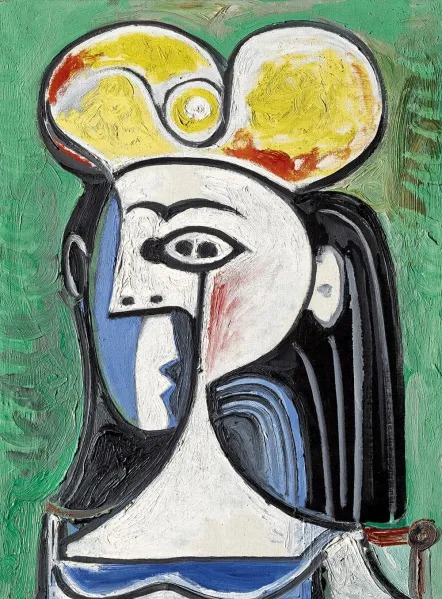To live a life of mitzvot requires imagination, an essential ingredient of liberation and its responsibility. View the study sheet here. Watch the recording here.

On April 15, 1874 a group of thirty artists known as the Anonymous Society of Painters, Sculptors, Engravers, etc., exhibited 165 pieces in a former photography studio at 35 Boulevard des Capucines in Paris. Both their style of painting and the way in which they marketed it constituted a revolutionary assault against the establishment art world. No group of artists had ever organized a self-promoted show outside of the official French Academy’s annual Salon, which had controlled for over two hundred years who and what was exhibited.
Among the founders of the Anonymous Society were Claude Monet, Edgar Degas, Pierre-Auguste Renoir, Camille Pissarro, and Berthe Morisot. The 1874 exhibition was the public birth of the Impressionist movement. It enthralled some and irritated many. At the second Impressionist exhibition, in 1876, art critic Albert Wolff steamed, “Try to make Monsieur Pissarro understand that trees are not violet, that sky is not the color of fresh butter.” But of course that was the very point the Impressionists were trying to make. There is more to the world than what the mind sees and logic dictates. How I feel about what I see and what my imagination might add to what is before me became valid elements of a visual work of art.
Unleashed from any total control over both the marketing and aesthetics of art, painters explored new ways of seeing and representing the world. Paul Cezanne’s unique sense of perspective introduced a sense of vertigo. On his canvasses, fruit that reason assures us is sitting stably on a table appears to our senses to be in imminent danger of rolling off it.
The Cubists exploded the very notion that what we see exists on a single dimension. Pablo Picasso, Georges Braque and others exposed as multi-faceted what appeared on the surface to be a smooth singularity. They deconstructed perspective planes to let the viewer reconstruct them in their mind and to ultimately reach a deeper understanding of what was before them. They played with what they knew to be present rather than with what their eyes alone saw.
Presented here is Picasso’s Buste de Femme Assise. It is a portrait of his second wife, Jacqueline Roque. By presenting her in double-profile, Picasso disables us from knowing her from only a single point of view. By breaking up her face into a multi-plane image, he advises us that there are dimensions to her beyond what is on the surface. She is complex. And so, the Cubist celebrates, are we all.
In the Torah narrative, the Israelites succumbed to the base instinct of reducing the Source of all life to a solid, static golden statue. The Divine response is to encourage them to construct something more dynamic, a Mishkan (a “site of dwelling”). Enlisted to design and build the Mishkan and its vessels are chacham-lev, literally “wise-hearted ones.”
Rabbinic midrash imagines that the primary skill of these builders was not their capacity to read a blueprint or replicate a detailed design. Rather, it was to construct something that expressed “red fire, green fire, black fire and white fire.” To infuse the tangible with the incendiary. To make it alive and dangerous and ever-changing. To use their imagination so that those who see it will use theirs in response.
The French philosopher Gaston Bachelard in his book about architecture The Poetics of Space noted that we tend to think of the imagination as the faculty that forms images. “On the contrary,” he wrote, “it deforms what we perceive; it is, above all, the faculty that frees us from immediate images and changes them. A stable and completely realized image clips the wings of the imagination. Imagination is essentially open and elusive. It is the human psyche’s experience of openness and novelty.”
A graven image is an insult to the imagination. That is what Torah proscribes. “One whose heart is wise (a chacham-lev) receives commands” (Proverbs 10:8). To live a life of mitzvot requires not obedience but imagination, an essential ingredient of liberation and its responsibility.
Join us here at 7:00 p.m. (PT) Thursday March 16 as we explore wings of imagination.








